Fileteado porteño is a form of popular art that originated in the city of Buenos Aires at the turn of the 20th century. Fileteado and tango are the two cultural symbols that represent the city by the River Plate. They appeared roughly at the same time, originated in the immigrant communities and influenced one another. Sadly, their history and development are not well documented.
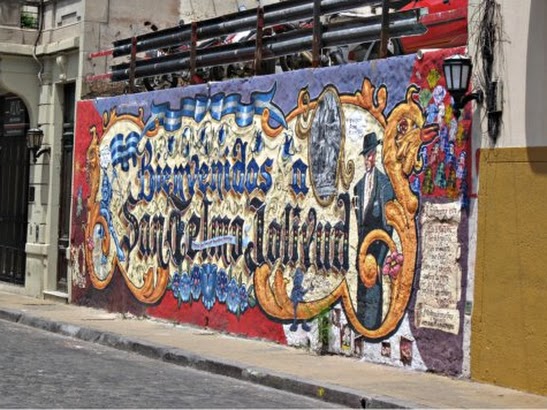
Until the early 20th century, city regulations required that delivery carts be painted grey. One day, the exact date in unknown, three employees at a cart manufacturing company decided to paint fine red lines along the bevels of a cart.
Apparently, this caught on, customers liked it and competitors started to do it as well. The original three artists, all Italian immigrants, became emboldened and started to add decorative elements, such as brightly coloured flowers, swirls, acanthus leaves or ribbons with the national colours.
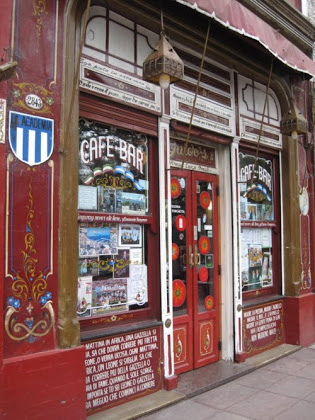
With time, and as the popularity of the fileteado increased, cultural icons, like legendary tango singer Carlos Gardel or Our Lady of Lujan, were added, as well as phrases of popular wisdom or lines from famous tango songs.
This tradition carried on even when the horse-drawn carts were replaced by trucks and buses. In 1975, however, the decoration of buses with the fileteado technique was banned. Fileteado was doomed. The economic crisis also had an impact because bodywork manufacturers closed down and fileteadores, as the artists are known, lost their jobs and their art was lost as well as most didn’t pass it on to younger generations.
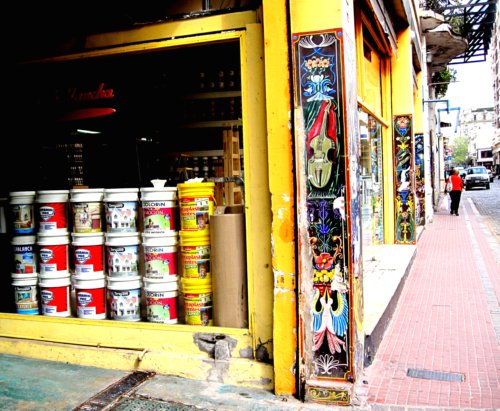
Nowadays, fileteado is no longer illegal and most bus companies use some sort of design, albeit simplified and modern. Nowadays, this art form is being slowly revitalized. There are a few artists who now paint on canvas and get commissions for shops signs, for example, which can be seen around the city. Some even make fileteado tattoos!
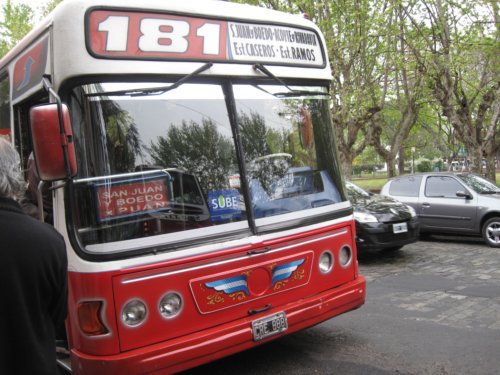
Source: Fileteado
All photos by Ana Astri O’Reilly
Read more:
Where are the afro-Argentineans?
Argentina’s street coffee vendors
One year in Portugal, by twelve photographers

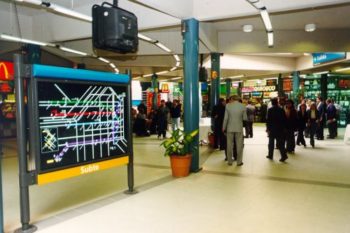

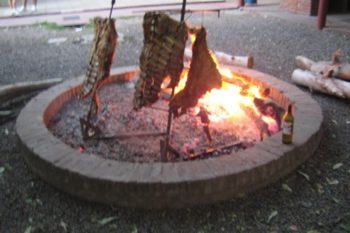

Gracias por la información. Saludos.